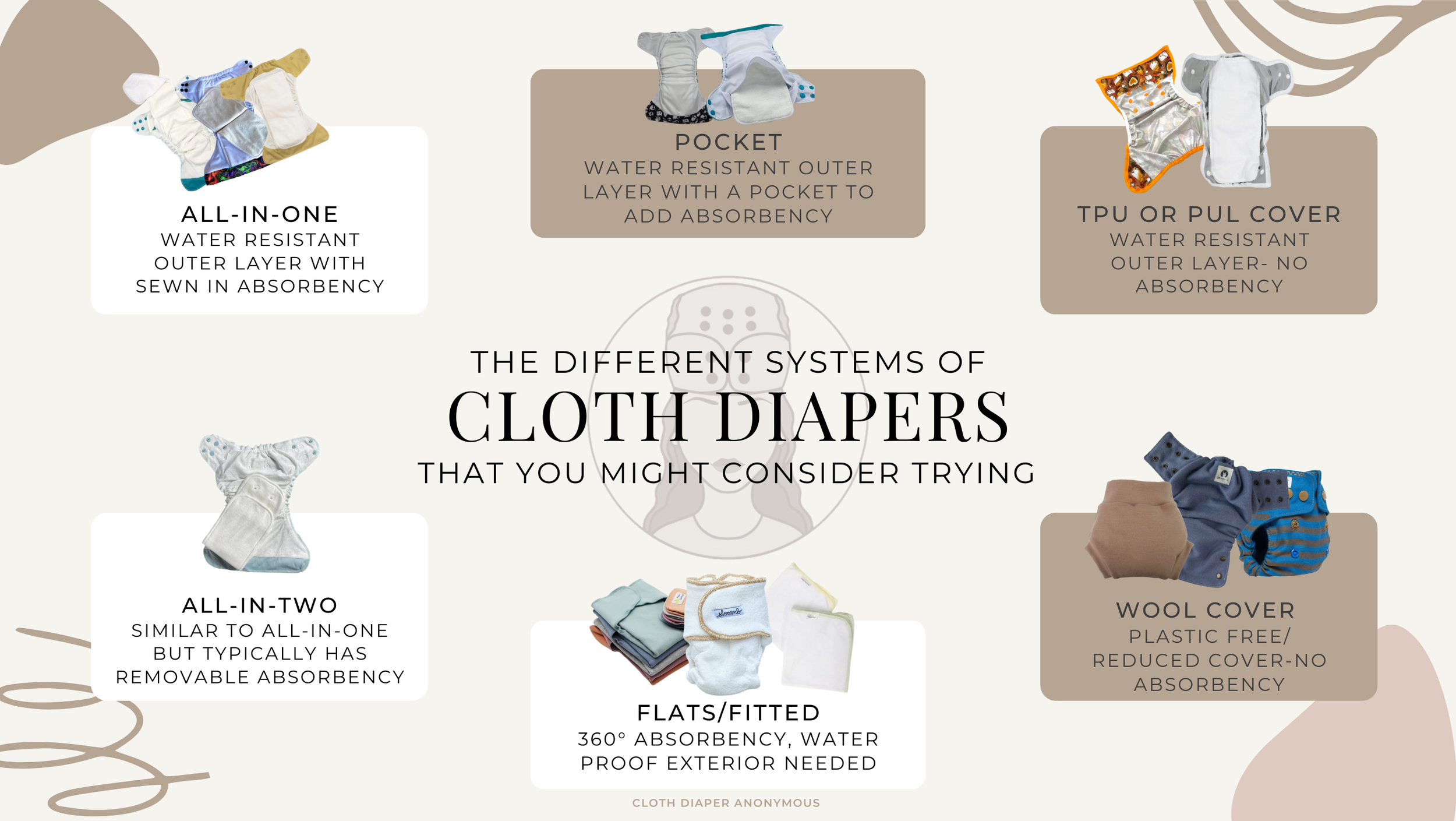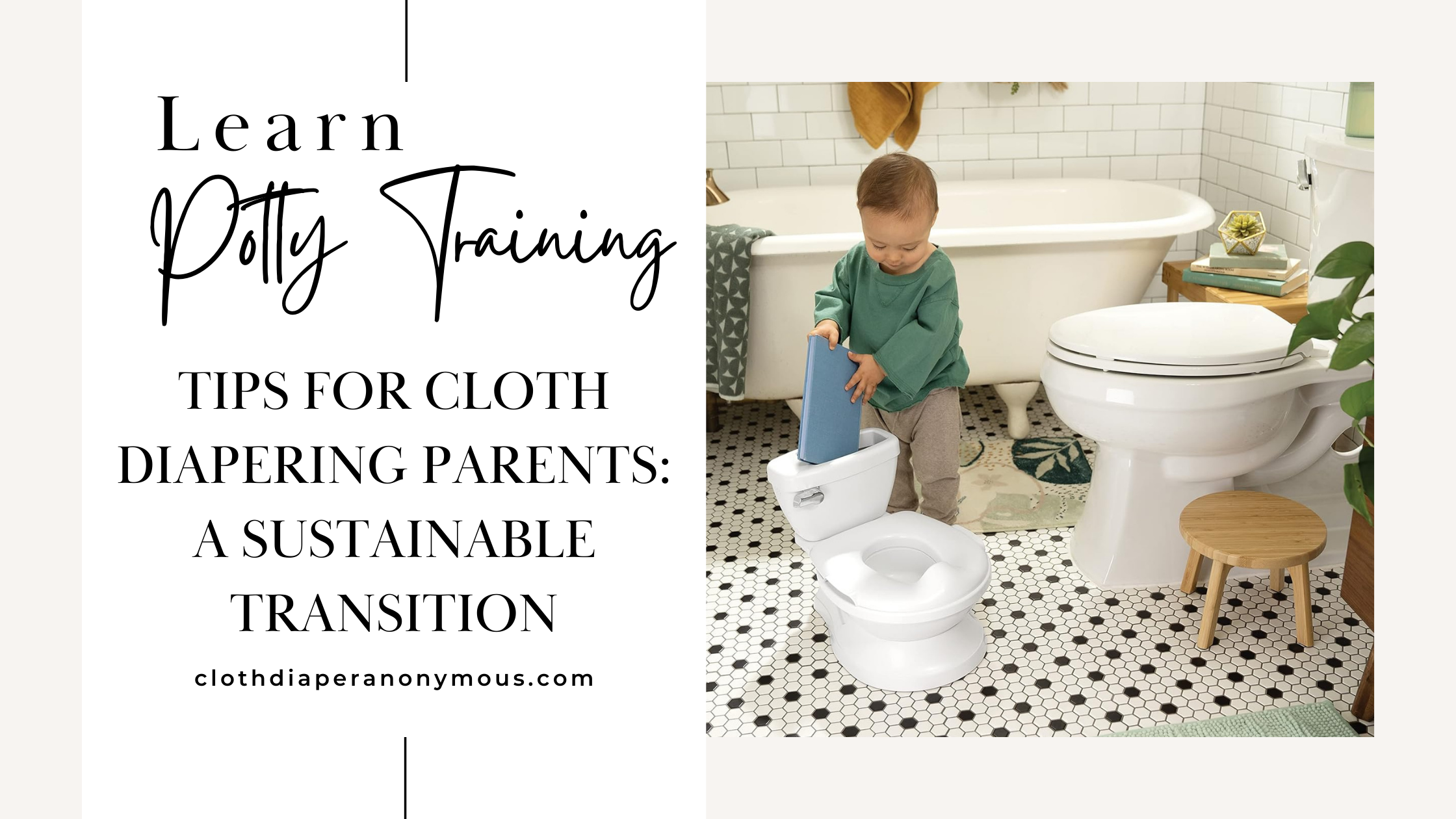Cloth Diapering in 2025: Why Buying Once Is the Smartest Budget Move You Can Make
If you’ve found yourself staring at the ever-growing price tag of a box of diapers and wondering how much worse it’s going to get, you’re not alone. Disposable diaper prices in 2025 are climbing faster than ever—fueled by inflation, tariffs, and unstable supply chains.
But what if you could opt out of that cycle?
Cloth diapering, once considered old-school or niche, has become one of the most financially savvy decisions a new parent can make. In this post, we’ll break down how cloth diapers not only save you money but also future-proof your parenting from unexpected economic stressors.
💰 Buy Once, Cry Never
Let’s be honest: The initial cost of cloth diapering can give some parents sticker shock. Spending a few hundred dollars upfront on diapers feels big when you’re already juggling costs like strollers, bottles, and tiny shoes that will be outgrown in a month.
But here's the key: you only buy once.
A quality cloth diaper stash—think 20–30 diapers depending on how often you do laundry—can cost anywhere from $300 to $600. That’s it. And that stash can last your child from birth through potty training.
Disposables, on the other hand, are a recurring cost. In 2025, the average box of diapers costs between $30 and $40, and most babies go through 8–10 diapers a day. That’s about $80 to $120 per month, or $2,400 to $4,000 over 2.5 to 3 years.
And that assumes prices don’t rise during that time—an increasingly rare scenario.
Cloth also has bonus perks:
It can be used for future siblings at no extra cost.
You can recoup some of your investment by reselling your stash when you’re done.
If you're really on a tight budget, pre-loved diapers or flats can bring your start-up cost under $200.
The value is simple: spend once, and save thousands.
📈 Inflation-Proof Your Parenting
We all know inflation isn’t going away anytime soon. The prices of basic necessities—groceries, gas, baby formula, and yes, diapers—have continued to tick up year after year. Disposable diaper brands have no choice but to pass these costs on to consumers.
That means every few months, your go-to brand may shrink the pack size or increase the price—often without warning.
Cloth diapering protects you from this cycle. Once you’ve purchased your stash, your costs are locked in. Your baby’s bum is officially inflation-proof.
In a world where it feels like nothing is guaranteed, cloth diapers offer something that’s rarely seen in parenting these days: price stability.
Even if detergent costs fluctuate a bit, you’re still saving hundreds—if not thousands—over the course of your baby’s diapering years.
🚢 Say Goodbye to Tariff Woes & Import Delays
Diaper companies are global operations. Many rely on:
Imported synthetic materials like SAPs (super absorbent polymers)
Wood pulp sourced from overseas forests
Plastic packaging manufactured in Asia
Production facilities in countries vulnerable to labor disputes or shipping restrictions
That means the price of your next box of disposables isn’t just affected by U.S. economics—it’s tied to global trade policy, fuel costs, and geopolitical tensions.
In 2025, multiple nations have started enforcing new tariffs on imported hygiene products, especially those with synthetic plastics. That adds a hidden surcharge at checkout you may not notice until your receipt is $10 higher than last month.
Meanwhile, cloth diapers—especially those made by small U.S. and Canadian businesses—avoid most of this drama. You can often:
Buy from local makers or small businesses
Support women-owned or eco-conscious brands
Skip the preorder drama and buy in-stock only
By switching to cloth, you insulate yourself from unpredictable price spikes caused by shipping bottlenecks, port congestion, or trade disputes. No more worrying about whether your next pack will be in stock—or double the price.
🧦 No More “Emergency Target Runs”
Every disposable-using parent has experienced it: it’s bedtime, the baby’s in pajamas, and you realize—you’re out of diapers. Cue the frantic late-night trip to the store or a 24-hour Amazon order.
With cloth diapers, this scenario doesn’t happen. If you’re low, you just do a load of laundry. That’s it.
And yes, there’s a learning curve to wash routines. But once you have a system, it becomes second nature—like washing bibs or onesies.
More importantly, you’ll never again be dependent on store inventory. You won’t feel the pressure to buy whatever brand is left on the shelf. You won’t scramble to afford the “premium” box because the budget one is out of stock. You won’t panic if your subscription doesn’t arrive on time.
Cloth diapers let you control your supply, your schedule, and your peace of mind.
📊 The 2025 Cloth Diaper Budget Breakdown
And don’t forget: some insurance providers and cloth diaper banks are now offering reimbursement or subsidies, and many cities are launching cloth incentive programs for low-income families.
💡 The Bottom Line
In 2025, choosing cloth isn’t just about the planet—it’s about your pocketbook.
It’s about opting out of endless price hikes, late-night shortages, and corporate markups. It’s about investing once and being done. It’s about freedom from uncertainty in a world that’s anything but predictable.
Cloth diapers give you something no box of disposables can: financial control and long-term peace of mind.
Thinking of making the switch? Start small. Even part-time cloth diapering—like just using cloth at home—can save you hundreds per year.
Have questions or budget hacks of your own? Drop them in the comments below or join our next Q&A live chat!
🧷 You’ve got this, parent. One diaper at a time. 🧷
Need help finding something?
Shop Now


























